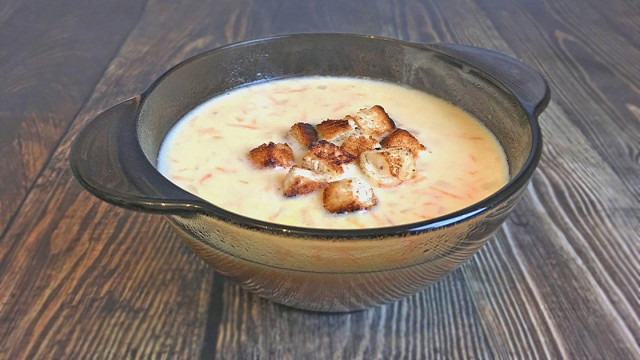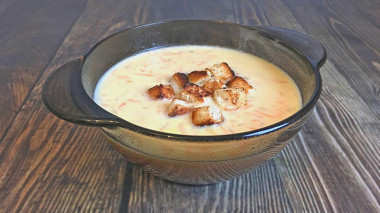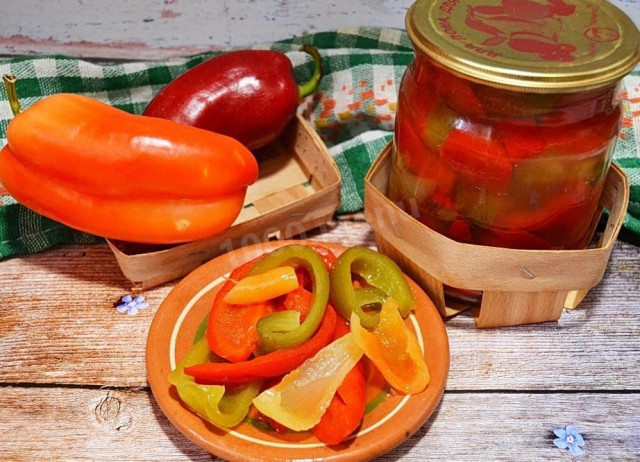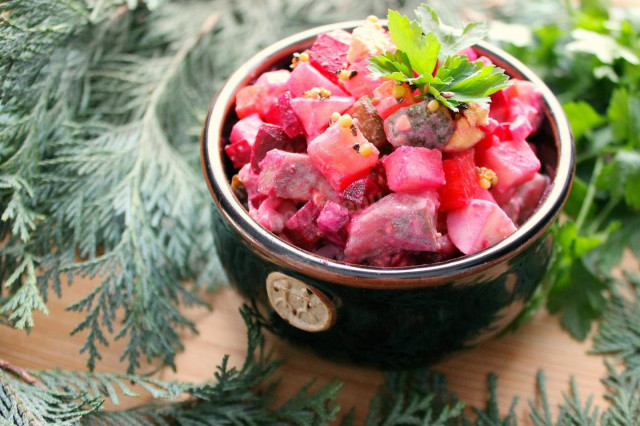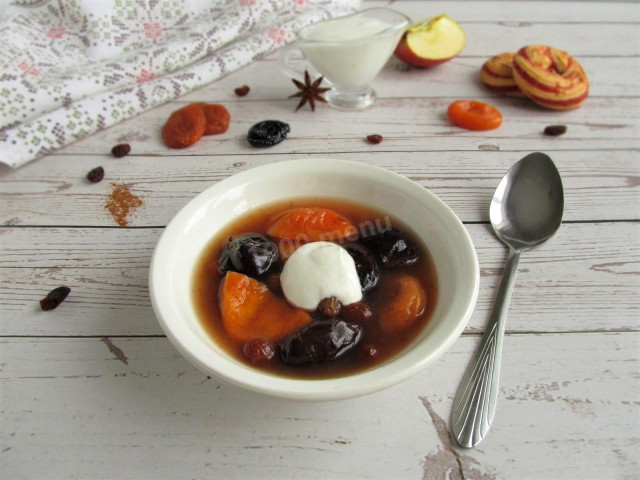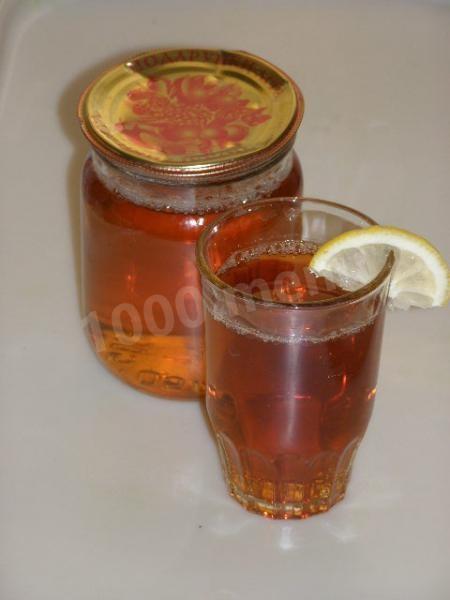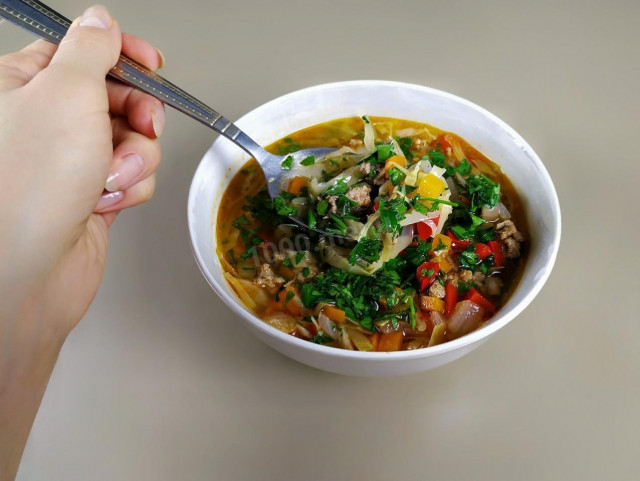Composition / ingredients
Cooking method
Cut potatoes into cubes, rinse, pour cold water.
Cook for 15 min.
Chop the onion finely, grate the carrots, cut the cheese into cubes.
Cut bread into cubes.
Pour a little oil into a preheated frying pan and lay out the bread.
Fry until the crackers are crispy and golden.
Pour vegetable oil into a frying pan, add butter, put onions, fry for 2 minutes, add carrots, fry for 1 min.
Put the roast in a saucepan, add cream cheese, mix until the cheese is completely dissolved.
Add salt, pepper, cook for another 3 minutes, turn off the heat and let stand under the lid for 5 minutes.
Serve with crackers and herbs.
Processed cheese is a product made on the basis of rennet cheeses, cottage cheese, milk powder, butter and other dairy products. Often, various spices and herbs, special fillers and vegetable fats are added to its composition. It is produced by melting at temperatures of about 90 degrees with mandatory additives in the form of melting salts, which help the cheese to remain soft for a long time and not to harden. Every year on the shelves of supermarkets you can see more and more all kinds of packages with this product. It happens in boxes, and in plastic jars, and in foil. There is both ordinary cream cheese and its various variations: with bacon, with mushrooms, with ham, with herbs and other additives.
There are four types of processed cheese in total: pasty; sliced; sweet; sausage.
Pasty cheese resembles homemade sour cream in consistency. This species differs from others in its high fat and water content. It is plastic, easily recognizable by its delicate creamy taste and characteristic aroma. It is often packaged in plastic containers. It is quite easy to spread it on bread, use it as putty for sandwiches or making sauces. The pasty product can be found both in the usual creamy form and with various additives in the form of spices and spices. The sliced cheese is much thicker than the previous kind. It is quite simple to cut it into slices or small pieces, hence its name. Its fat content can usually reach up to 70 percent. Most often it can be found in traditional foil packaging, familiar to most since childhood. This is exactly what the processed cheese "Friendship" is familiar to all of us. Sliced cheeses can also be both ordinary and with additives. Sweet cheese absolutely corresponds to its name. This is an ordinary processed cheese, but with the addition of various flavorings and flavors. It is often used as a dessert.
Caloric content of the products possible in the composition of the dish
- Onion - 41 kcal/100g
- Ripe potatoes - 80 kcal/100g
- Baked potatoes - 70 kcal/100g
- Mashed potatoes - 380 kcal/100g
- Boiled potatoes - 82 kcal/100g
- Potatoes in uniform - 74 kcal/100g
- Fried potatoes - 192 kcal/100g
- Carrots - 33 kcal/100g
- Dried carrots - 275 kcal/100g
- Boiled carrots - 25 kcal/100g
- Butter 82% - 734 kcal/100g
- Amateur unsalted butter - 709 kcal/100g
- Unsalted peasant butter - 661 kcal/100g
- Peasant salted butter - 652 kcal/100g
- Melted butter - 869 kcal/100g
- Vegetable oil - 873 kcal/100g
- Bread "darnitsky" - 206 kcal/100g
- Premium wheat flour bread - 254 kcal/100g
- Wheat flour bread of the 1st grade - 226 kcal/100g
- Wheat flour bread of 2 grades - 220 kcal/100g
- Wheat bread made from coarse flour - 250 kcal/100g
- Rye bread from floured flour - 189 kcal/100g
- Rye bread from wallpaper flour - 181 kcal/100g
- Protein bran bread - 182 kcal/100g
- Wheat protein bread - 242 kcal/100g
- Grain bread - 231 kcal/100g
- Bread "doctor" - 232 kcal/100g
- Bread "Orlovsky" - 211 kcal/100g
- Ukrainian bread - 213 kcal/100g
- Simple loaf - 248 kcal/100g
- Loaf of premium flour - 265 kcal/100g
- City rolls made of grade I flour - 254 kcal/100g
- City bun - 261 kcal/100g
- Butter bun - 252 kcal/100g
- Simple steering wheels - 336 kcal/100g
- Bread - 254 kcal/100g
- Water - 0 kcal/100g
- Cream cheese with 50% fat content - 349 kcal/100g

